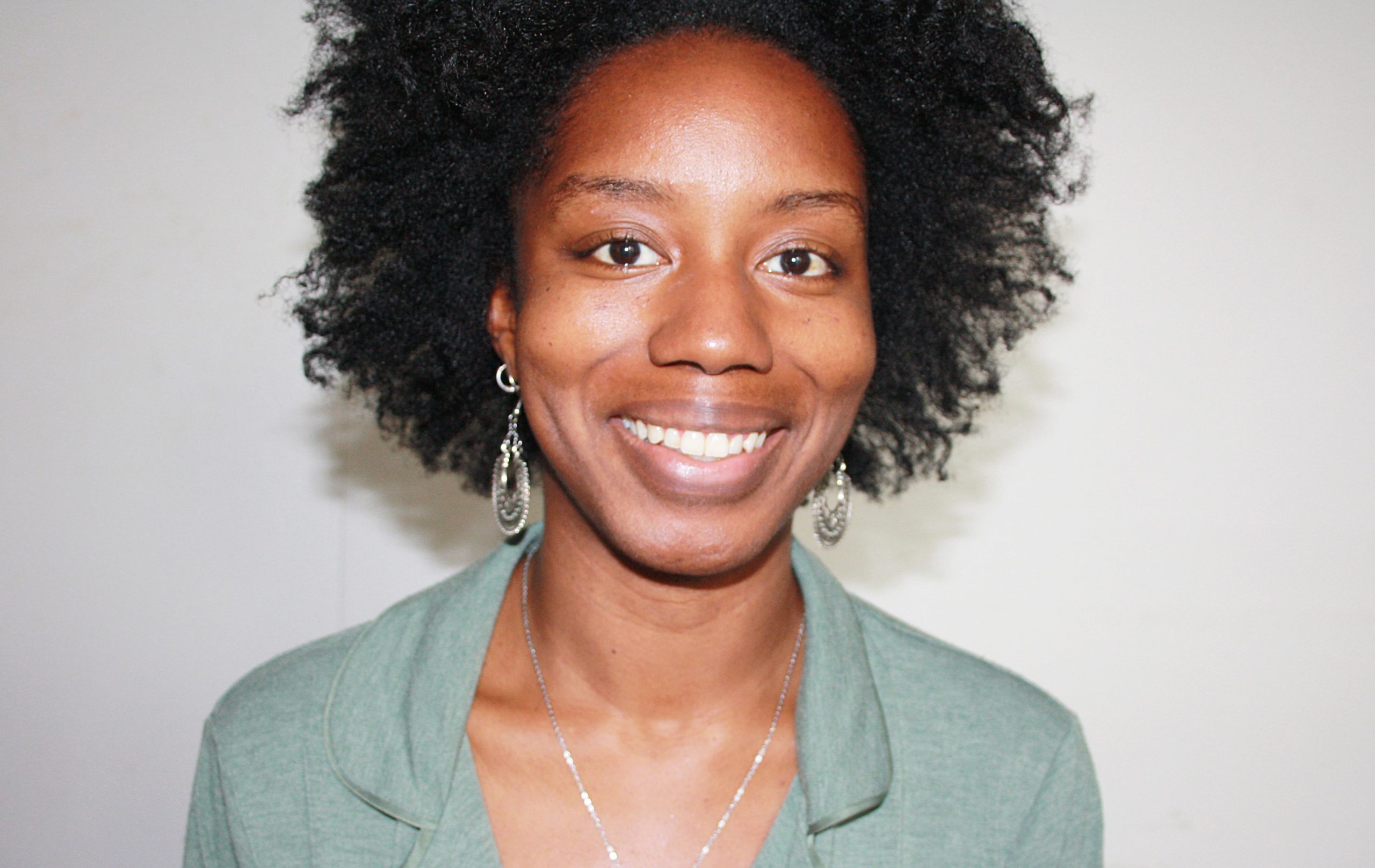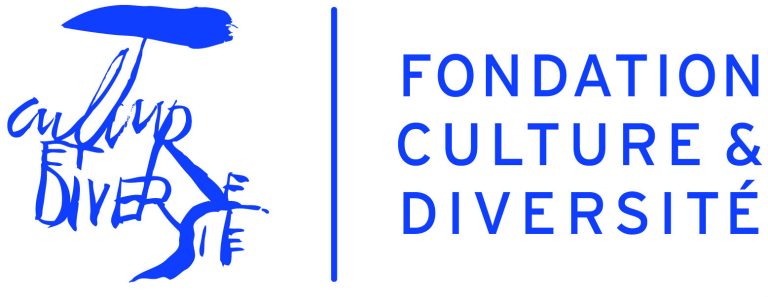Armelle Tulunda
Artist
April-May 2026

- Visual Arts
- Atlanta
“This research project in Savannah, physically in space and metaphorically in time, will explore pathways of healing through the re-appropriation of a history tied to colonialism and slavery.”
My artistic practice stems from a lifelong need to situate myself on Earth, through the two ways I create a bridge between myself and my ancestors: observing the night sky and connecting with ancestral Congolese beliefs and legends.
My works generally occupy a paradoxical space, whether deliberate or not, but always reflecting my own paradoxes as a child born in France to Congolese parents: some depend on light and/or darkness during their creation or presentation; others hover at the boundary between scientific truth and personal experience; still others draw inspiration from satellite imagery or NASA materials and are created using craft-based techniques. In resonance with my Perspectives installation series, I will explore in Savannah the traces left by enslaved people of a Congolese cosmogony that was largely erased by colonialism.
Armelle Tulunda (born 1994 in Colombes) lives and works in the Paris region. Her work has been presented in venues such as the Mucem (Marseille), the Mulhouse Photo Biennale, Hangar Y (Meudon), the Museum of Fine Arts of Nancy, La Villette (Paris), the CAC – La Synagogue de Delme, and Ugly Duck (London). She received support from the Grand Est Region’s Emerging Visual Arts program in 2021 and 2023, as well as a mobility grant from the Goethe-Institut and the European Union.
“Wake up so that we may move beyond the ignorance of the languages of our countries. Let us become aware. Let us return to our ancestors to gather, translate, complete, and verify all that has been lost.” — Kimbwande Fu Kian Bunseki
My project explores themes of time, ancestry, spirituality, slavery, and co-colonialism. It is a quest to trace the marks left over time by enslaved Congolese people on the Yowa cosmogram and the spiritual beliefs surrounding it. Yo-wa/Dikenga—also known as the Congolese cosmogram—was used by the Kongo people to describe all cyclical phenomena and, as such, it also represents the journey of the soul from one day to the next.
Starting from locations I have identified as resonating with this subject, I will use writing and photography throughout the city. My goal is not to find a definitive answer to the questions I ask: what happened to these enslaved people in the southeastern United States? How were they able to leave behind traces of a relationship to the world that we so desperately need today? Rather, my aim is to discover temporal portals across the territory or within archives. If systems of oppression such as colonialism and slavery took from the Congo its people, objects, resources, spiritual beliefs, and more, my desire to travel back in time is a symbolic way to reclaim what was taken.
This research will serve as the final phase of investigation before the creation of several upcoming works.
When I was conducting research on the presence of Yowa on the American continent, I came across a CNN article about the First African Baptist Church of Savannah (GA), where an African cosmogram was carved into the floor. The guide of the church, built between 1855 and 1859, explains: “Under the wooden floor, the builders left a four-foot-high space, large enough to hide hundreds of enslaved people who followed the Savannah River toward freedom. They drilled holes in the floor in the shape of a cross and a diamond, representing an African prayer symbol, the Congolese cosmogram, and publicly honored its ancient meaning. Quietly, below, the runaways worshiped the light and air that the symbols provided.”
I would like to visit the church and explore its archives and history to learn more about its construction and its involvement in the Underground Railroad through March Haynes, a deacon of the church.
My goal is to explore the city of Savannah and its surroundings as historical spaces, where lessons from the histories of African and African American peoples are embedded: from the riverbanks to the monuments, I intend to navigate the city by considering it as a place filled with time capsules.
In partnership with

Fondation Culture et Diversité

